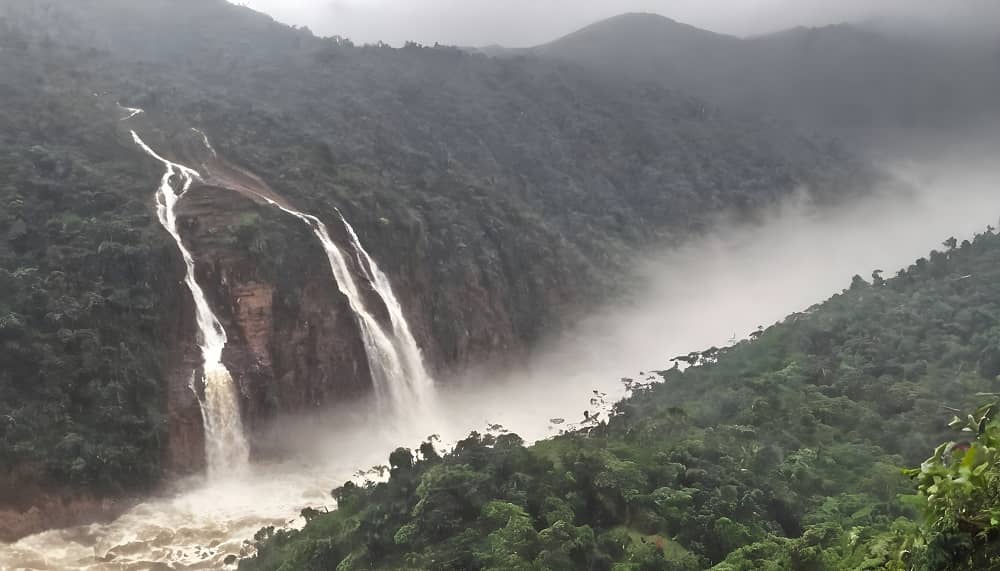Meghalaya, a state in northeastern India, is known for receiving some of the highest annual rainfall in the world. The abundant rainfall in Meghalaya can be attributed to various meteorological and geographical factors.
Let's delve into the fascinating world of Mawsynram, renowned as the globe's wettest location nestled in India. Recognized by Guinness World Records, Mawsynram receives a staggering "11,400 mm" of rainfall annually, translating to over 37 feet of precipitation each year. But what sparks this deluge of rain? The answer lies in the distinctive positioning of the mountains, acting as the initial barrier in the path of the Indian Ocean. Positioned right before the Bay of Bengal in the Indian Ocean, the Khasi Hills of Meghalaya intercept the monsoon winds that subsequently sweep across the rest of India. As these moisture-laden monsoon winds traverse the Khasi Hills, a significant portion halts, giving rise to rainfall. This phenomenon elucidates why 70% of the annual rainfall in this region manifests during the monsoon season.
In addition, the combination of factors contributes to the high precipitation in the region. Here are some reasons for the abundant rainfall in Meghalaya:
Geographical Location: Meghalaya is situated in the northeastern part of India, and its topography plays a crucial role in the heavy rainfall. The state is characterized by hills, plateaus, and deep valleys, creating an ideal environment for orographic rainfall.
Orographic Effect: The prevailing southwest monsoon winds carry moist air from the Bay of Bengal. As these winds encounter the Khasi, Garo, and Jaintia hills in Meghalaya, the air is forced to ascend. Ascending through the atmosphere, the air undergoes a cooling and condensation process, culminating in the creation of clouds and the onset of rainfall. This orographic effect is a significant contributor to Meghalaya's abundant rainfall.
Cherrapunji and Mawsynram: Cherrapunji and Mawsynram, both located in Meghalaya, are renowned as two of the wettest places on Earth. These locations experience intense rainfall due to their proximity to the Bay of Bengal, the orographic effect of the hills, and the presence of low-level jet streams that enhance moisture transport.
Monsoon Dynamics: The southwest monsoon, which typically occurs from June to September, brings the majority of the annual rainfall to Meghalaya. During this period, the moist air from the Bay of Bengal is lifted over the hills, leading to widespread rainfall.
Convergence of Winds: Meghalaya is located in a region where winds from different directions converge. The convergence of winds can enhance uplift and lead to more significant cloud formation and rainfall.
Local Climate Patterns: The climate in Meghalaya is influenced by both the southwest monsoon and the northeast monsoon. Additionally, the region experiences pre-monsoon and post-monsoon showers, contributing to the overall precipitation.
To grasp the scientific explanation for the copious rainfall in Meghalaya, scientists and meteorologists study these factors in detail. Advances in meteorological technology, such as satellite observations and computer modeling, have enabled researchers to better comprehend the intricate processes that govern the region's climate and rainfall patterns.













0 comments:
Post a Comment